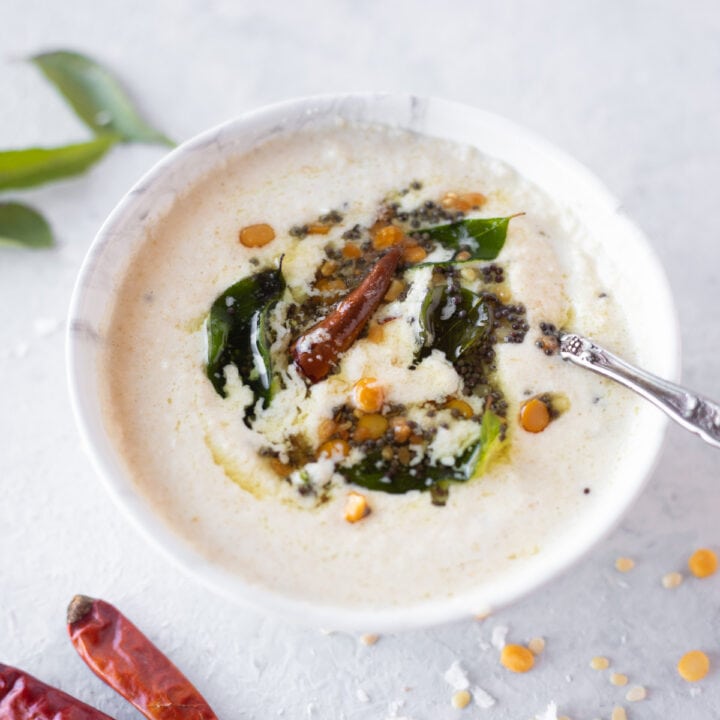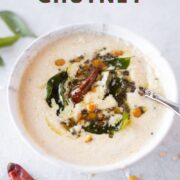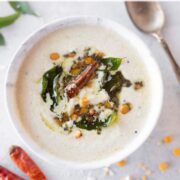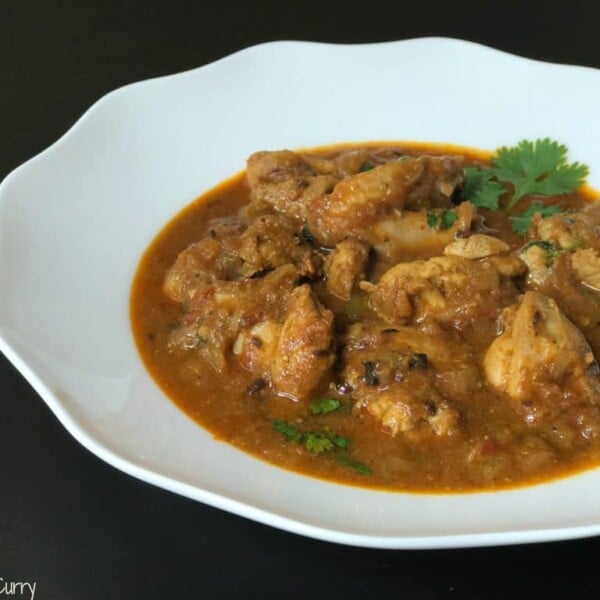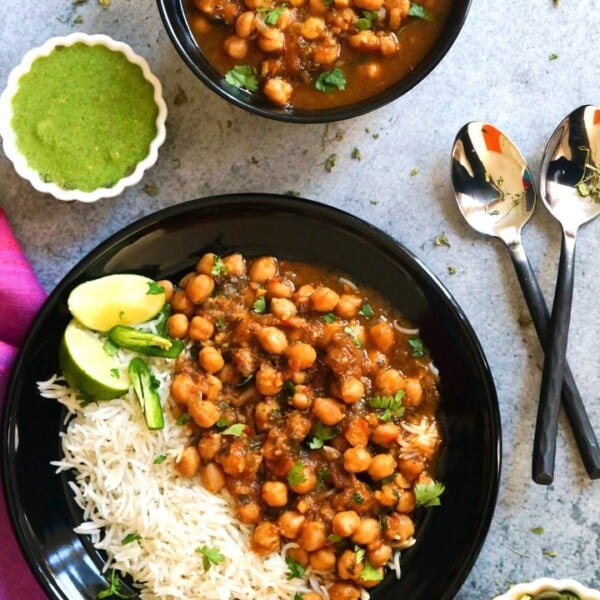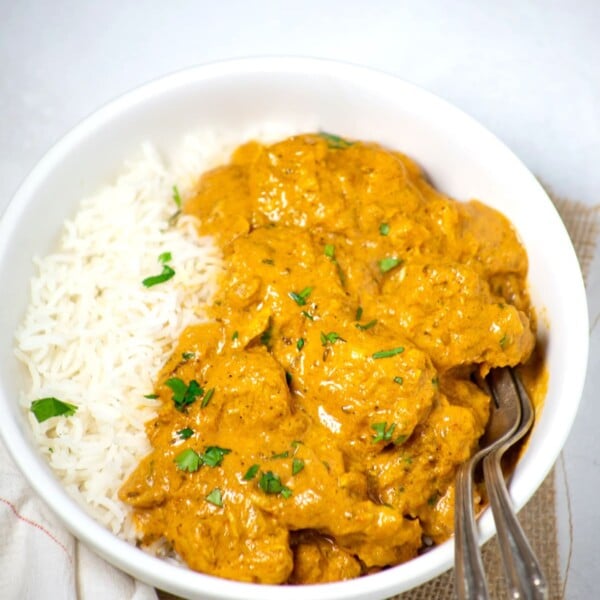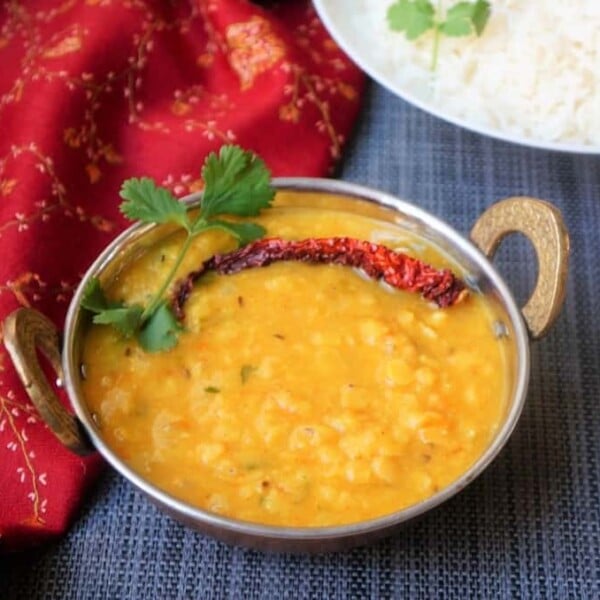Learn how to make this creamy, nutty Coconut Chutney (Nariyal Chutney) recipe. It goes well with many South Indian dishes, such as idli, dosa, vada, and more.
This popular South Indian Coconut Chutney is made with tender coconut, roasted gram lentils, ginger, and green chili, topped with an aromatic tempering of mustard seeds and curry leaves.
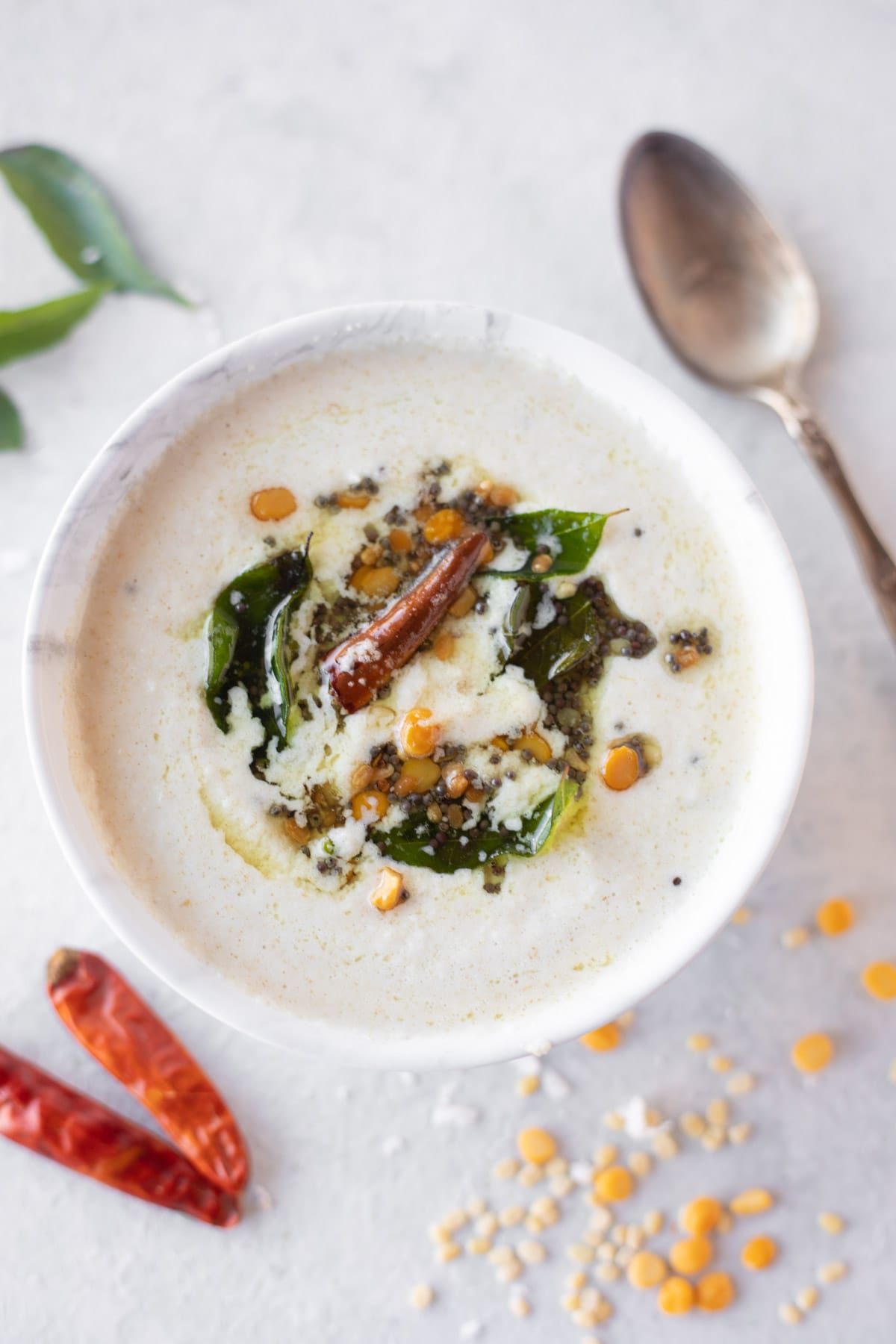
South Indian meals are always a hit in our house. Kids love idli, and dosa, for dinner or even their lunch box. However, these are incomplete without chutney and sambar.
You’ll love this healthy, tasty, and versatile Coconut Chutney. It is fresh, bright, and full of flavors, just like my peanut chutney.
Serve this coconut chutney with any Indian breakfast food, such as soft idlis, crispy dosas, fluffy vada, and uttapam. All of these dishes have a subtle taste that is elevated when paired with this condiment.
Table of Contents
Watch How to Make Coconut Chutney
What is Coconut Chutney?
Chutneys are a bunch of condiments that have their roots in India and can be created using a wide variety of ingredients.
South Indian cuisine is where coconut chutney was first introduced. It is typically served alongside breakfast or snack items. The simplest way to make it is to finely grind fresh or frozen grated coconut with roasted chana dal, ginger, and green chilies.
Coconut chutney is enhanced by topping with a tempering of oil with crackling mustard seeds, urad dal, asafoetida, and crisp curry leaves.
There are many variations of coconut chutney. We love coriander coconut chutney made with the addition of cilantro leaves, and red coconut chutney made with adding dried red chilis.
Why you’ll love this recipe
- It’s easy to make and only takes 10 minutes.
- Uses simple, everyday pantry items.
- Easily made vegan and gluten-free.
- Perfect to serve with all south indian meals.
Ingredients for Nariyal Chutney
This chutney has basic ingredients that most Indian kitchens will have.
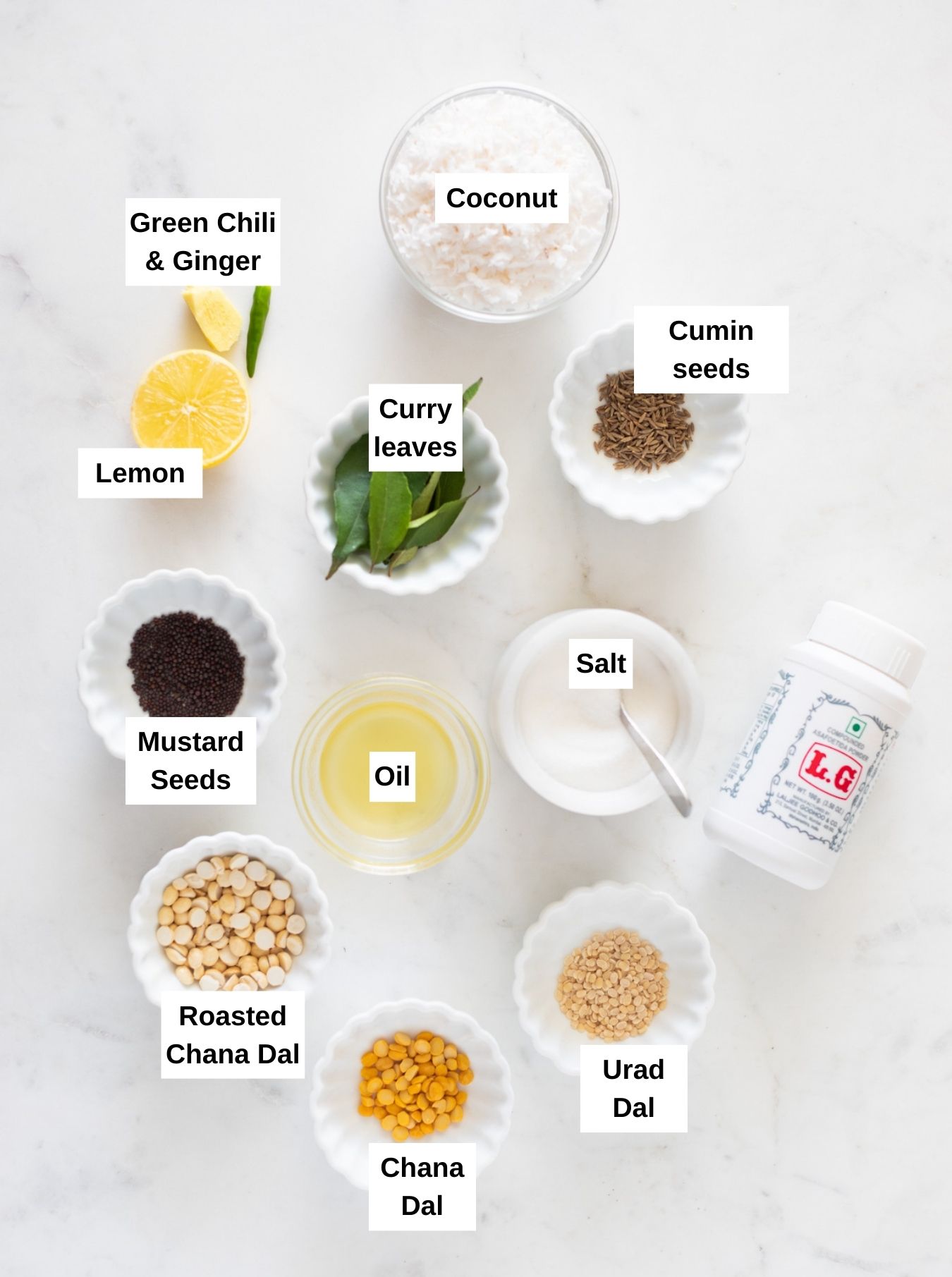
- Coconut: For this chutney, freshly grated coconut works best. However, you can also use frozen coconut if you cannot find it fresh. Some people also like to use desiccated coconut to make this chutney.
- Ginger and cumin seeds: Ginger adds a little spice kick to this chutney. Cumin seeds add aroma and flavor.
- Roasted chana dal (Fried gram): Don’t skip the roasted chana dal (fried gram), also known as dalia in Hindi, as it gives the chutney a wonderful creamy texture.
- Green Chili: For the heat, use green chili; you can adjust the amount to your taste.
- Lemon Juice: The lemon juice gives the nariyal chutney a fresh taste. You could also use tamarind paste in place of it.
- Tempering: You’ll need oil, mustard seeds, urad dal, hing (asafoetida), curry leaves, and dry red chili.
How to make Coconut Chutney?
There are two main parts to making coconut chutney: grinding the chutney and tempering it with spices and aromatics.
Grinding the Chutney
Grind together all ingredients for chutney – grated coconut, roasted chana dal, cumin seeds, ginger, green chili, and salt.
Add water in small quantities as needed to assist in grinding and to get the desired consistency. Remove and set aside in a bowl.
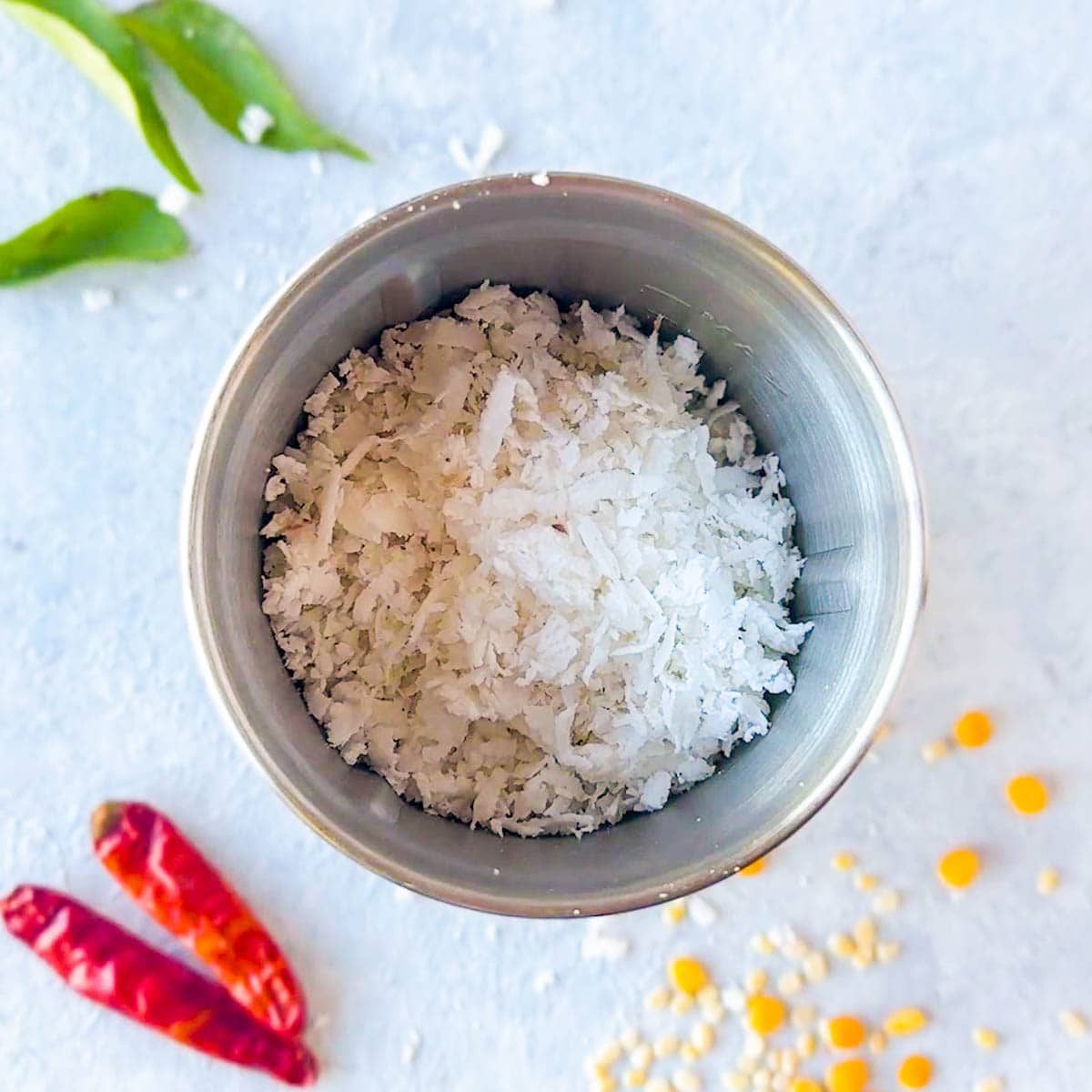
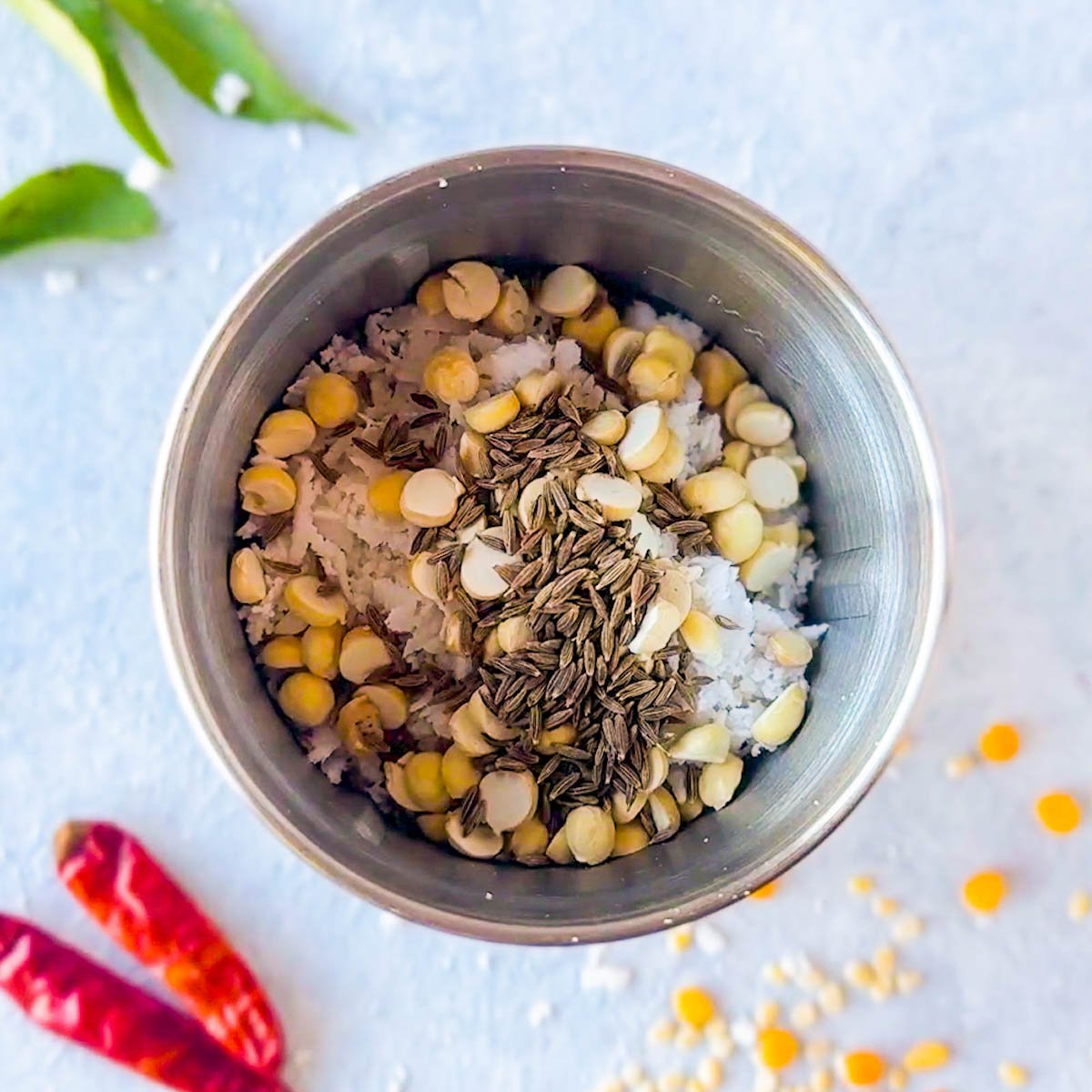
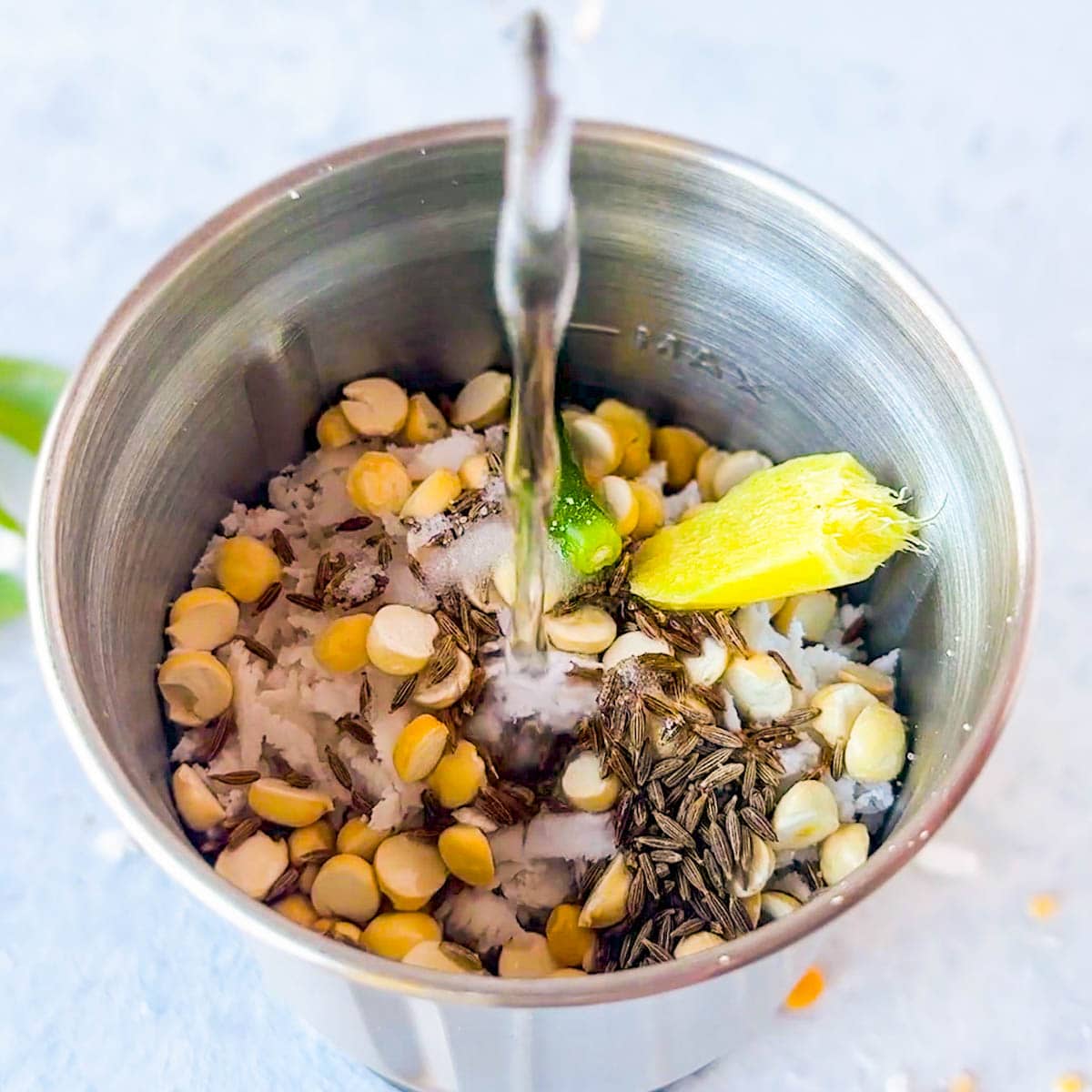
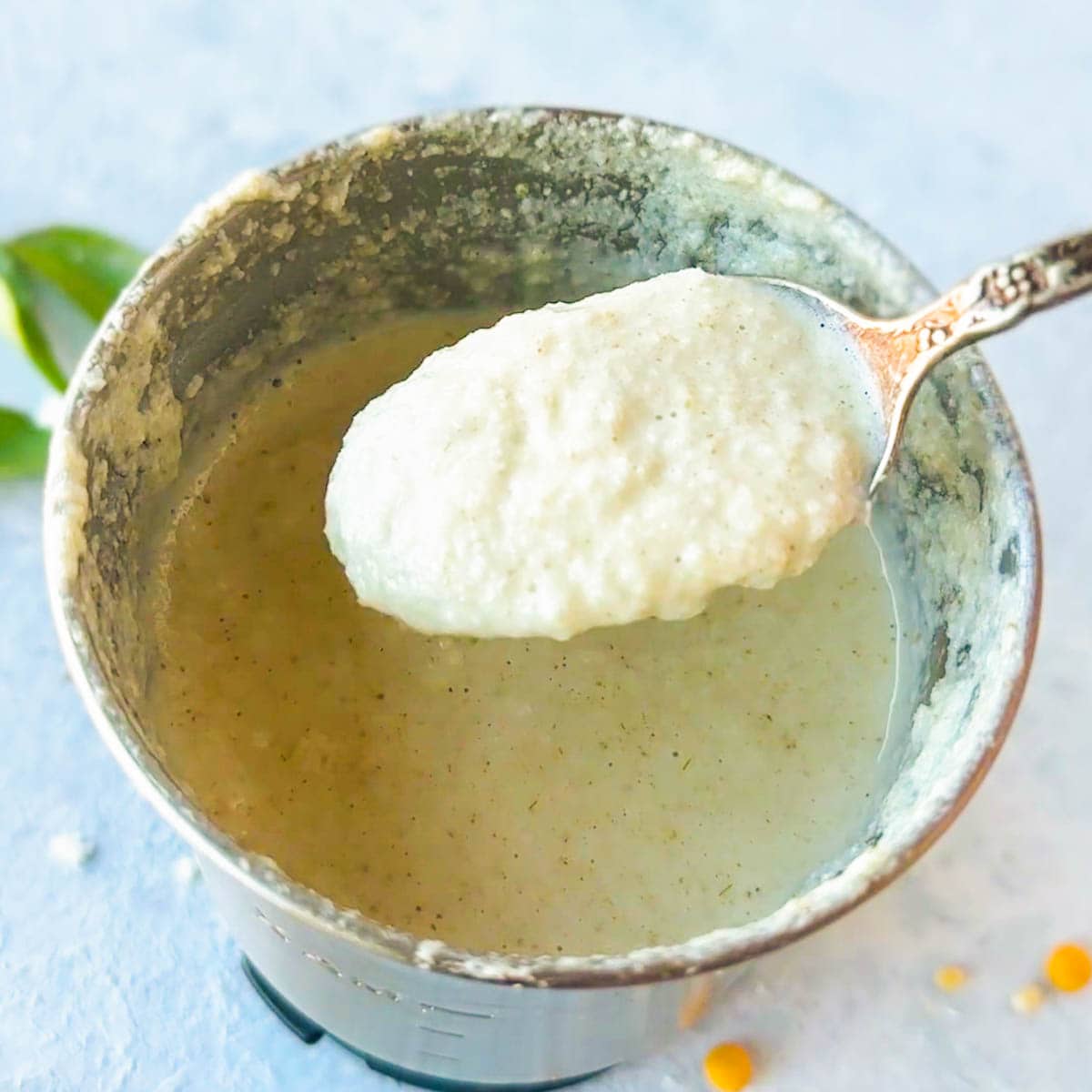
Make Tempering
Heat oil in a small pan and add mustard seeds. Once they splutter, add mustard seeds and urad dal.
Once the dal turns golden, add the asafoetida, dry red chili, and curry leaves. Cook for a minute, then turn off the heat. The curry leaves would have turned crispy.
Note: When you add the curry leaves, the oil will start to splutter. You can take the tadka pan off the heat as needed.
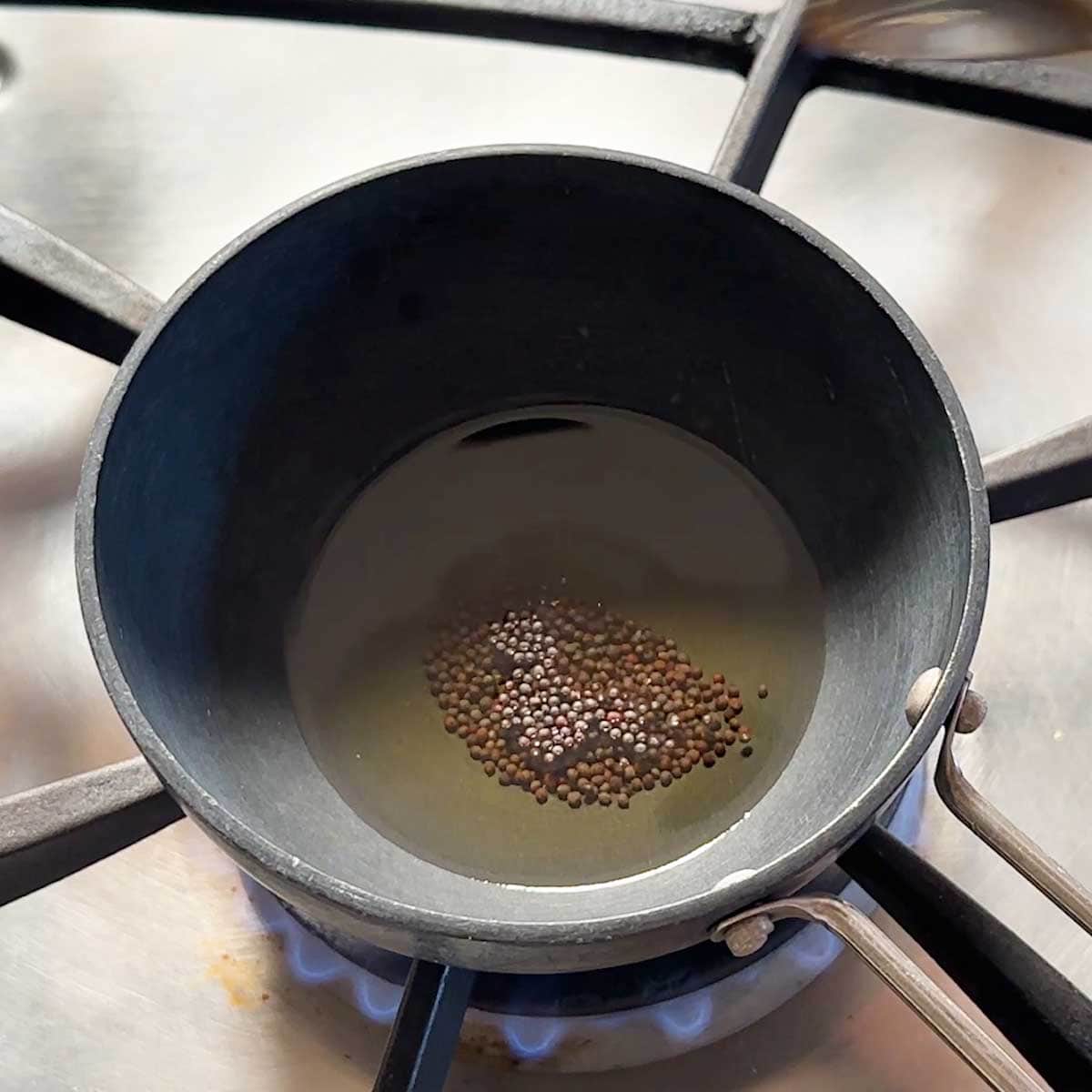
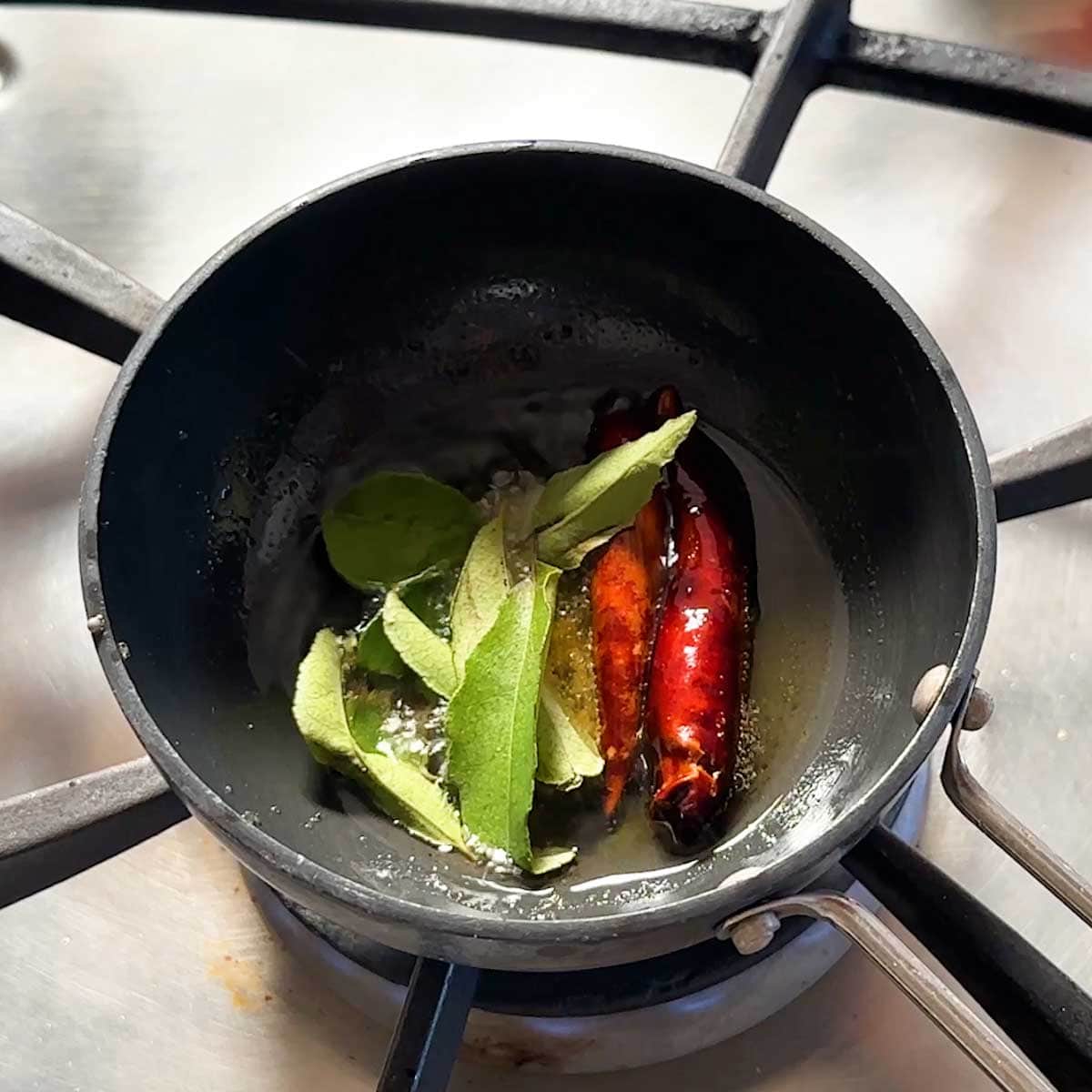
Pour tadka on the chutney immediately. Gently stir it.
Chutney is ready to be served with idli or dosa.
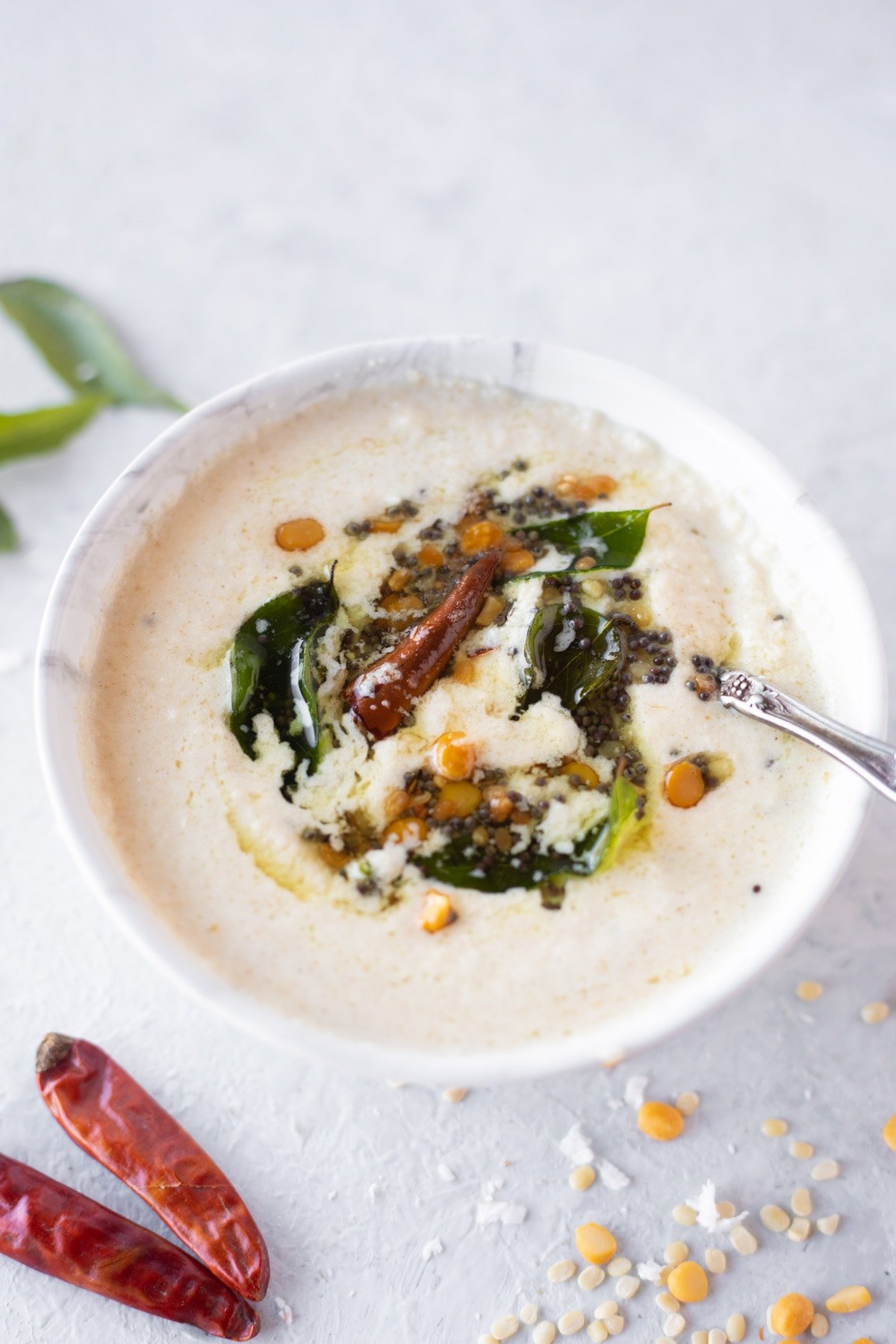
Pro Tips
- This nariyal chutney recipe tastes and feels best when you use freshly grated coconut. We also like this chutney made with frozen coconut.
- Depending on your desire, you can make the coconut chutney thicker or thinner by altering the water.
- Depending on your preferences, you can adjust the amount of green chili and ginger.
- If you’re using frozen coconut, let it get to room temperature before putting it in the blender. If you blend the frozen coconut, the fats may come out of the pulp.
Variations & Substitutions
Lime juice: You can use tamarind paste in place of lime juice for a tangier flavor.
Roasted Chana Dal: Instead of roasted chana dal (dalia), you can thicken the chutney with roasted peanuts, cashews, or almonds too.
Ginger: You can use one or two cloves of garlic in place of ginger. Or ginger can be entirely omitted.
Red Coconut Chutney: Made by adding dried red chilis when grinding the chutney.
Cilantro Coconut Chutney: Made with the addition of cilantro leaves in equal amount as coconut.
Serving
Serve it with steaming hot South Indian breakfast foods like idlis, dosa, uttapam, etc., and get your day off to a good start.
It can also be enjoyed as a side with upma, ven pongal or millet pongal, and sambar.
You can spread it on your favorite sandwich for a South Indian flavor. You can use it as a dip for pakoras or sabudana vada.
How to store
Refrigerator: You can keep this coconut chutney in an airtight container in the fridge for up to 2 days.
Freezer: If you put white coconut chutney in a container that can go in the freezer, you can keep it fresh for up two months longer.
To use, thaw overnight in the refrigerator, adjust the thickness by adding water, and enjoy!
FAQs
Yes, you can use frozen coconut to make white coconut chutney. Let the frozen coconut thaw before using. This will prevent the fat from separating from the pulp.
Yes, instead of Dalia or roasted chana dal, you can thicken the chutney with roasted peanuts, cashews, or almonds.
Yes, you can use desiccated coconut to make coconut chutney. Use 1/2 cup of desiccated in place of 1 cup fresh grated coconut.
Coconut chutney can be consumed in moderation by heart patients. Coconut is known to lower blood cholesterol levels in the body, which helps with lowering the risk of heart disease.
Most of the time, you should serve chutney when it has cooled to room temperature, which is when it works best.
More South Indian Recipes
- Peanut Chutney
- Potato Masala (Batata bhaji)
- Quinoa Dosa
- Vegetable Sambar
- Vermicelli Upma
- Sweet Pongal
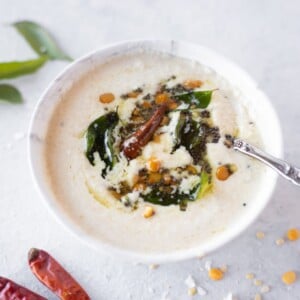
Coconut Chutney (Nariyal Chutney)
Ingredients
For Chutney
- 3/4 cup Coconut, grated (fresh or frozen)
- 2 tablespoon Roasted Chana Dal (dalia)
- 1/2 teaspoon Cumin seeds (Jeera)
- 1/2 inch Ginger
- 1 Green Chili Pepper, adjust to taste
- 1/2 teaspoon Salt, adjust to taste
- 1/2 teaspoon Sugar , optional
- 1 teaspoon Lime or Lemon juice , or Tamarind paste
- 1/2 cup Water, adjust as needed
For Tadka
- 1 tablespoon Ghee or Oil
- 1/2 teaspoon Mustard Seeds (Rai)
- 1/2 teaspoon Split Skinned Black Gram Lentils (Urad dal)
- 1 pinch Asafoetida (Hing), optional, skip for gluten-free
- 1-2 Dry Red Chili, optional
- 6-8 leaves Curry Leaves (Kadi Patta), washed and dried
Instructions
- Grind together all ingredients mentioned above for chutney. Add water in small quantities as needed to assist in grinding and to get the desired consistency. Remove and set aside in a bowl.
- Heat oil in a small pan and add mustard seeds. Once they splutter, add mustard seeds, and urad dal.
- Once the dal turns golden, add the asoefotida, dry red chili, and curry leaves. Cook for a minute, then turn off heat. The curry leaves would have turned crispy.
- Pour tadka into the chutney immediately. Gently stir it.
- Chutney is ready to be served with idli or dosa.
